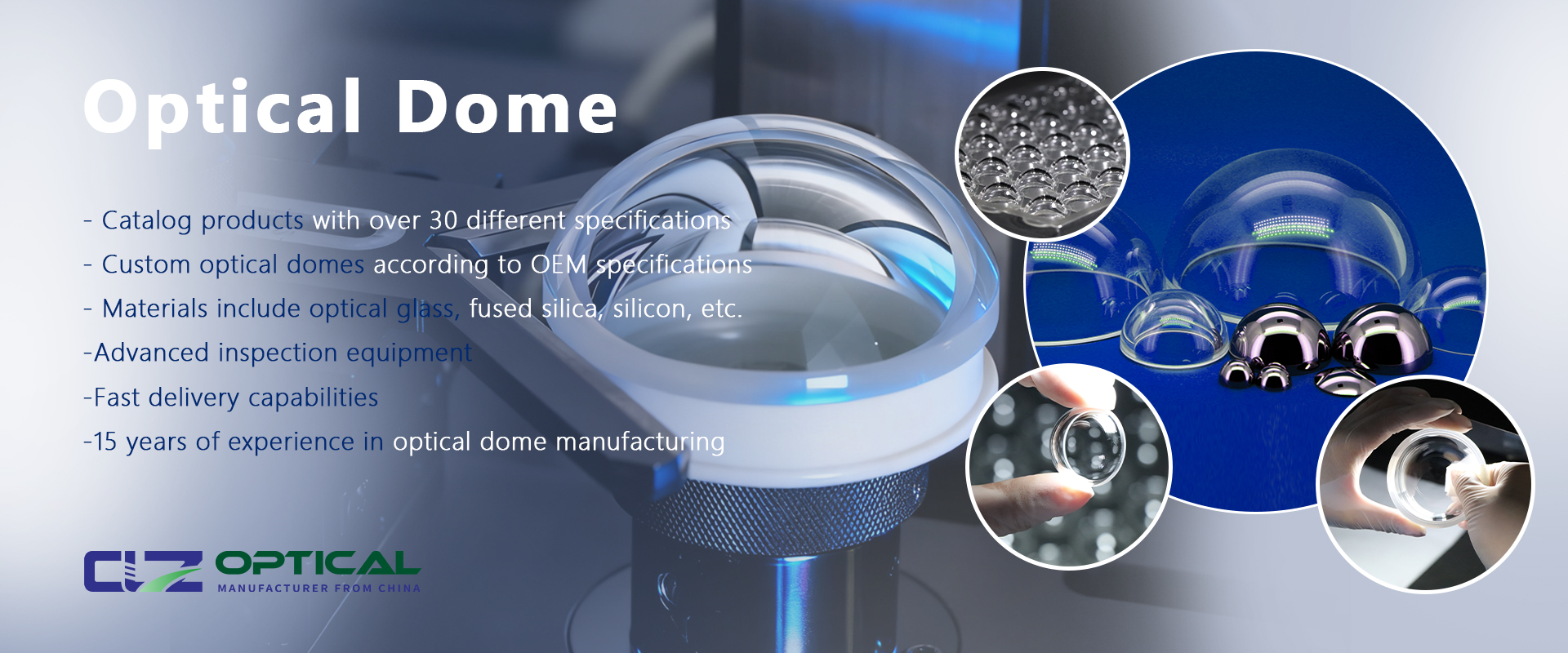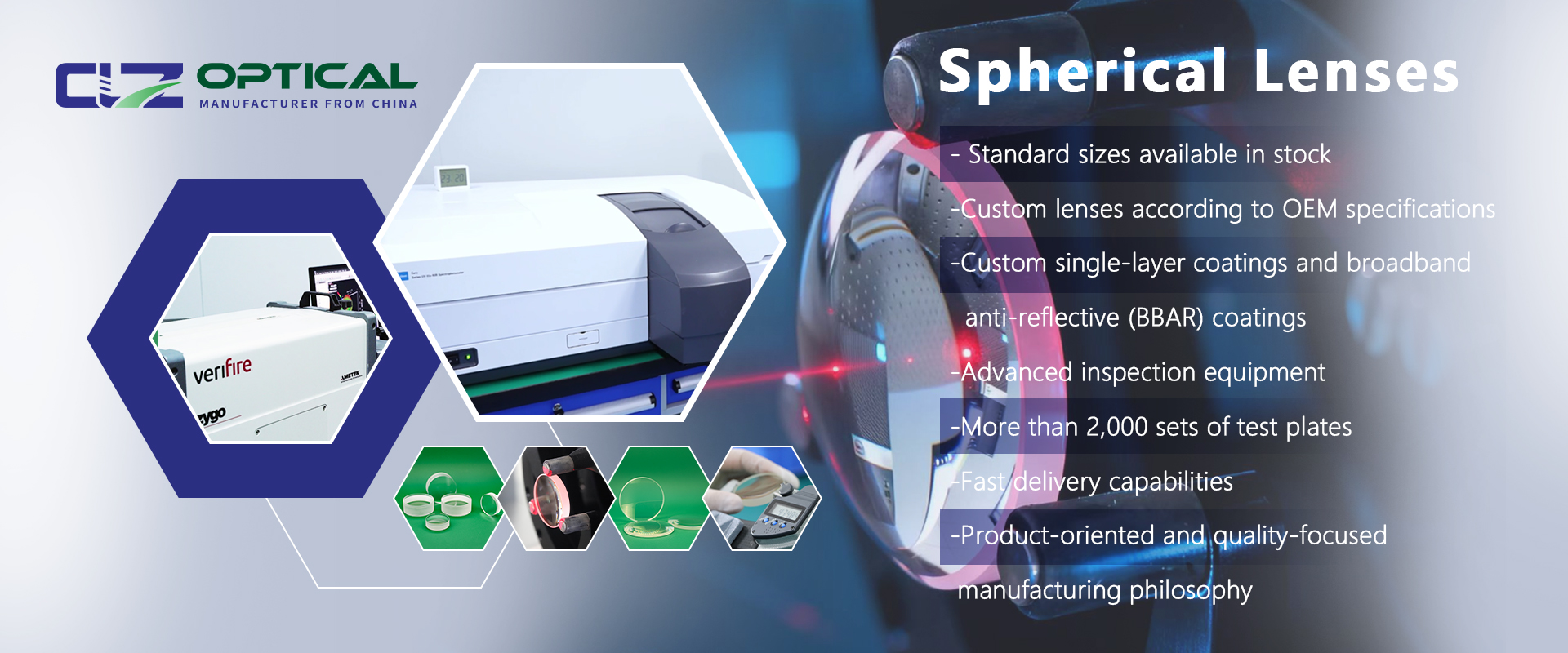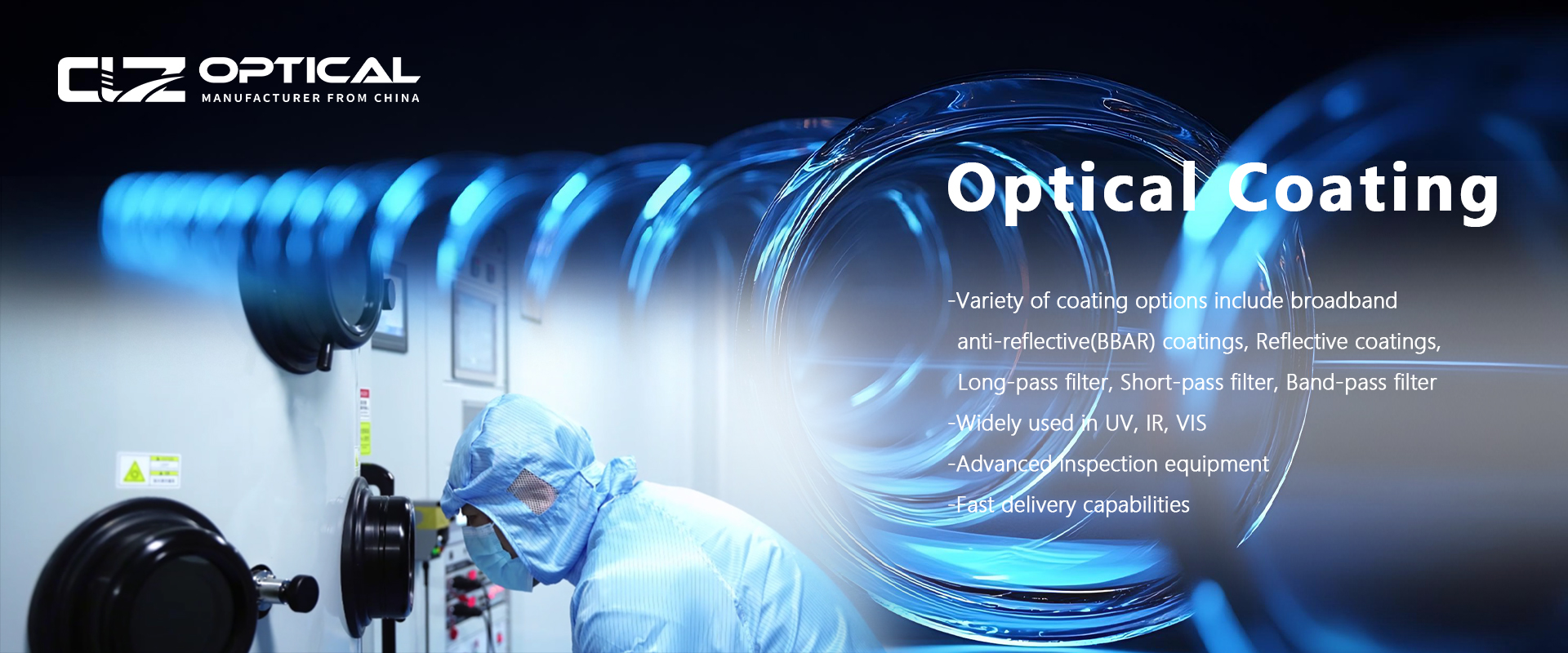The Role of Magnesium Fluoride in Enhancing Anti-Reflective Coatings
Feb. 11, 2025
Magnesium fluoride is a remarkably versatile material whose unique combination of magnesium and fluorine yields surprising—and at times, seemingly contradictory—properties. Its diverse applications span industries as varied as optics, electronics, and beyond. In this article, we focus on one key application: its use in anti-reflective (AR) coatings, which are essential for maximizing light transmission and enhancing image quality in many optical devices.
What Are Anti-Reflective Coatings?
Anti-reflective coatings (AR coatings) are thin layers applied to the surfaces of optical components such as lenses, mirrors, and protective glass. Their primary function is to minimize the amount of light that is reflected away from the surface. For example, camera lenses often have AR coatings on the side facing the subject to reduce glare and ensure that more light passes through the lens. By reducing unwanted reflections, these coatings help to improve overall image clarity and contrast.
How Magnesium Fluoride Enhances AR Coatings
Magnesium fluoride is widely used in AR coatings because of its favorable optical properties. When applied as a thin film, it effectively reduces the reflection of specific wavelengths of light. This allows more light to penetrate into lenses or be efficiently reflected by mirrors, thereby boosting the performance of optical devices.
Here’s how it works:
- Selective Wavelength Reduction: Magnesium fluoride minimizes the reflection of particular portions of the light spectrum. This means less light is lost due to reflection and more is available for image formation.
- Improved Light Transmission: For lenses, this results in enhanced brightness and contrast. In mirrors, it ensures that light passes through the protective glass layer with minimal loss before reaching the reflective metal layer (such as mercury), thereby producing a clearer image.
- Enhanced Optical Efficiency: Even minor unwanted reflections can impair the performance of sensitive optical equipment. The use of magnesium fluoride in AR coatings significantly improves the efficiency and productivity of devices like cameras, telescopes, and binoculars.
Applications Across Optical Devices
Due to its ability to reduce glare and improve light transmission, AR coatings that incorporate magnesium fluoride are utilized in a wide range of optical devices, including:
- Camera Lenses: Particularly beneficial for night and low-light photography where every bit of light is crucial.
- Telescope and Binocular Lenses: Where reducing stray light is essential for clear, detailed images.
- Specialized Mirrors and Protective Glass: Enhancing the clarity and efficiency of light reflection in high-performance applications.
- Eyeglasses: To reduce glare and improve visual comfort.
The Science Behind the Improvement
The effectiveness of magnesium fluoride in AR coatings lies in its refractive properties. In single-layer broadband AR coatings, a thin layer of magnesium fluoride is applied using specialized processes. This layer interacts with visible light—absorbing and transmitting a broad range of wavelengths while significantly reducing reflection.
- Refractive Index Optimization: Although an ideal AR coating might target a refractive index of about 1.23, a single layer of magnesium fluoride typically achieves around 1.38. Despite this slight difference, the improvement in light transmission is substantial.
- Practical Example: For instance, applying a 0.145‑micrometer-thick layer of magnesium fluoride on standard glass can lower surface reflection from approximately 4% to just 1%. This enhancement is largely due to the improved transmission of green light—a critical component of the visible spectrum.
Conclusion
Magnesium fluoride’s exceptional properties make it an indispensable material in the fabrication of anti-reflective coatings. By dramatically reducing unwanted reflections, it enhances the performance of a variety of optical devices—from cameras and telescopes to eyeglasses and specialized mirrors. As advancements in coating technology continue, magnesium fluoride remains at the forefront of efforts to achieve superior optical clarity and efficiency.





















